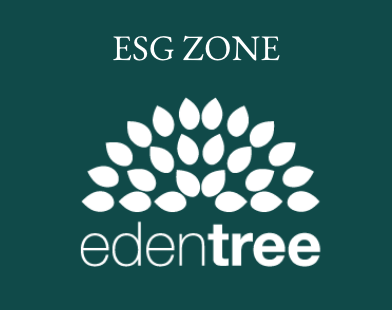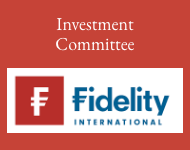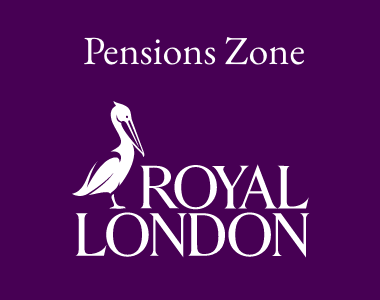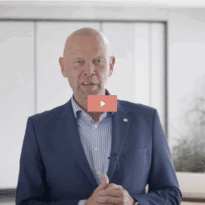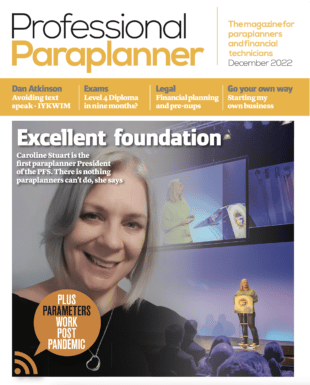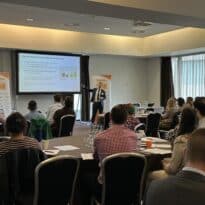In this week’s Q&A, the FundCalibre team explore the dynamics of the high yield bond market, focusing on the opportunities and risks in the current economic environment. Guest Mark Benbow, portfolio manager with Aegon Asset Management, provides insights into how this asset class has evolved and offers practical advice on navigating volatility while maximising returns through strategic bond selection.
Why you should listen to the interview
This interview gives you a deeper understanding of the high yield bond market, its current opportunities, and its potential to deliver equity-like returns with lower volatility. Whether you’re seeking to de-risk your equity holdings or enhance your fixed income yield, this discussion offers valuable insights for investors.
This interview was recorded on 13 August 2024. Please note, answers are edited and condensed for clarity. To gain a fuller understanding and clearer context, please listen to the full interview.
Interview highlights:
The misconceptions of bond investing
“There’s this misconception that good companies make good bond investments and bad companies make bad bond investments. And actually the two are often not as closely correlated as you might like.
“Let’s use an extremist scenario. If you’d bought Google bonds in 2020 and you had a crystal ball and you knew that Google was going double its earnings and the share price was going to be up hundreds of percent and then you were to buy the bonds, you’ve lost half your money on the bonds because the bonds are really just causing interest rates. You fast forward to a bad company, Credit Suisse effectively went bust. Again, depending on where you sat within the capital structure, you could have either lost all your money or actually it was one of the best-performing bonds in the market last year because it became part of UBS, which was high rated.
“There’s companies that are from a top line perspective doing very well in this environment and are are starting to see a little bit of slow down. But then there’s also companies that are doing fantastically well but have borrowed huge amounts of money. So the market as a whole from the bond side is holding up and then from the earnings side it’s kinda mixed. There’s areas that are doing fine and I don’t really see any slow down at all and are still posting really strong growth and there’s others that are just starting to kind of creak around the edges a little bit.”
Why market volatility shouldn’t be feared
“Hopefully this time we are going to see volatility. I don’t think it’s something to be feared, I think it’s something we should look forward to. Hopefully going forward we’re going to see a greater dispersion of the market. If you’re a really risky company, you should get paid for that as a bond investor. And so now there’s lots of companies that are having to come to market and the rates of interest that are being charged on the debt they’re borrowing is really high and that’s the way it should be. And there’ll be companies that can’t survive and they have to restructure their balance sheets. But I think all of it should hopefully be as a result of increased volatility from central banks no longer artificially suppressing volatility in the market.”
“High yield often gets forgotten about but actually high yield generally gives you all the return of equity with a fraction of the volatility.”
“I think high yield gives you a way to do a number of things. If you’re looking to de-risk your equity portfolio without necessarily giving up the return, you can move from equities into high yield and then what you’re doing is you’re moving from an asset class which is capital based to an asset class which is income based. So slightly different way that you generate those returns.
“About 85% of your return over the long term in high yield is from coupons or income, whereas almost all of your return in equities is from capital appreciation. So if you’re looking to de-risk your portfolio you can do that. Equally if you’re looking to just increase the overall yield in your fixed income portion of your portfolio, you can clearly move from investment grade to high yield.
“High yield has far less interest rate sensitivity and if you’re looking at a balanced portfolio, then actually having both investment grade and equities might be at two ends of the risk spectrum from a credit perspective, but they’re actually at the same end of the spectrum from an interest rate perspective or duration perspective.”
The future of high yield
“With central banks stepping away from their bond-buying programs and interest rates rising, we anticipate more volatility. Hopefully we’re gonna enter into a market where active managers can add more value because they can finally say, hey, like this thing should be higher in price or this thing should be lower in price. And you’re gonna get that kinda increased dispersion between the kinda haves and have nots.”
Conclusion
The high yield bond market offers a unique blend of opportunities for both income and growth-focused investors. With its potential to provide equity-like returns at reduced volatility, it’s a compelling addition to any investment strategy. This interview with Mark Benbow provides valuable insights into navigating this complex but rewarding asset class.



